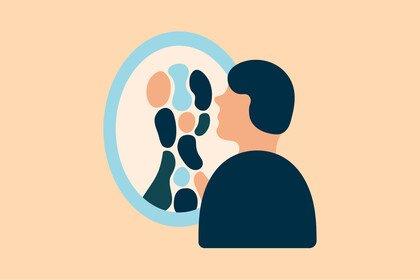
What science has shown can help young people with anxiety and depression
This two-part report summarises what we’ve learned about the evidence for 'active ingredients' of effective interventions for youth anxiety and depression.
There is an ever-growing range of treatments to support mental health. Yet, we know little about what helps prevent or treat anxiety and depression in young people, and why – so we’re funding researchers across the world to better understand approaches to mental health.
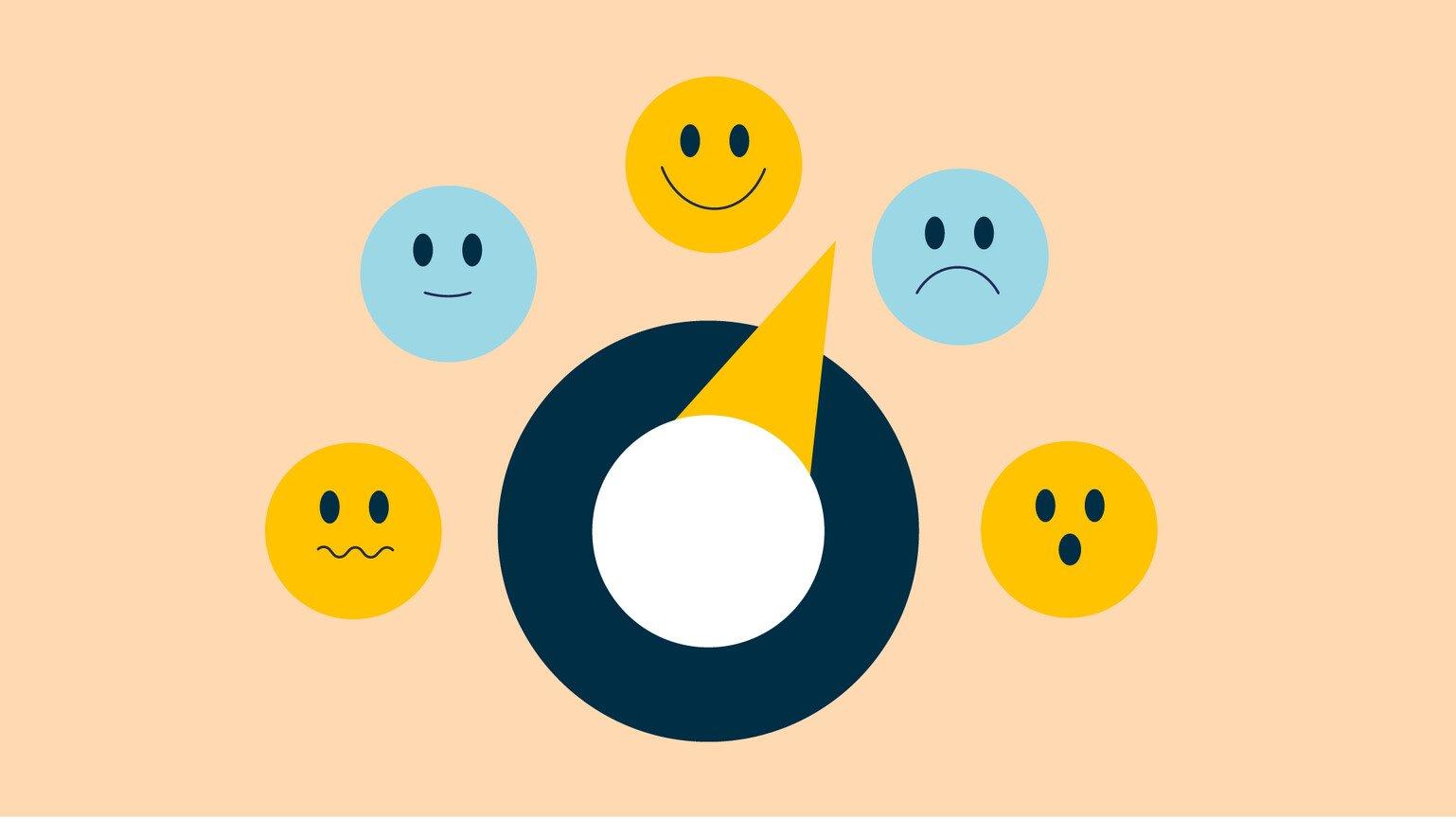
There are many approaches that make a difference in preventing, treating, and managing anxiety and depression in young people (14-24) worldwide. However, what we know about what works, for whom, in what contexts, and why is limited. Little consensus exists in the field of mental health on what makes an approach effective. We want to change this.
Since 2020 we have been commissioning research teams from across the world to review the evidence for different approaches that are deemed to help prevent, treat, and manage anxiety and depression in 14–24 year olds.
We refer to approaches that make a difference as ‘active ingredients’. These active ingredients are the building blocks of what is most likely to make a difference in preventing or addressing youth anxiety and depression. They are varied and connected, spanning biological, cognitive, relational, and societal approaches.
For example, we know that boosting social connection can help those experiencing depression. However, we lack evidence as to the best way to increase social connection and how this may vary for different people in different cultural contexts. We are also only beginning to understand why social connection exerts its positive effects (e.g. via effects on thought processes, or via changes at the neurobiological level). Understanding these factors will help us to develop better ways to prevent or intervene in depression.
So far, we’ve funded research into more than 40 active ingredients which we’ve grouped into six themes. Although they do not represent an exhaustive list of all possible active ingredients, the commissioned reviews give us a birds’ eye view of the state of the science.
A summary report of this research is available to download.

This two-part report summarises what we’ve learned about the evidence for 'active ingredients' of effective interventions for youth anxiety and depression.
This research represents the start of a journey to consider how well each approach works.
Members of the mental health science community need to work together to understand how these approaches interact and what combinations work best, for whom, in what contexts, and why. We hope these reviews will inspire researchers to develop potential proposals for well-powered studies to tease out the mechanisms underpinning effective approaches so that we can develop more personalised interventions for young people.
This work is the first step towards finding the next generation of mental health treatments and approaches.
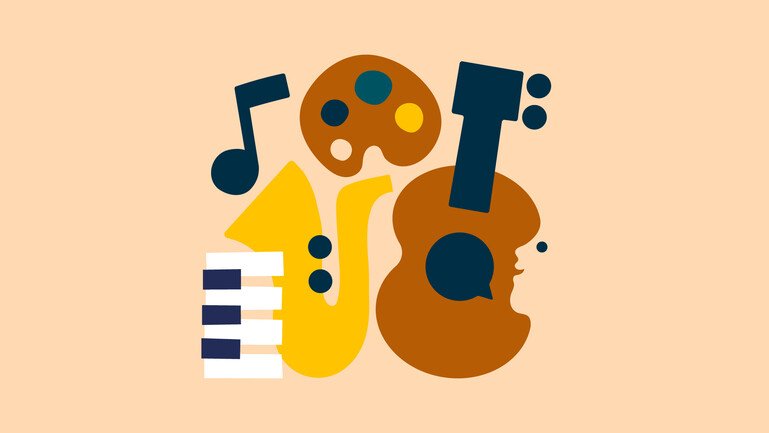
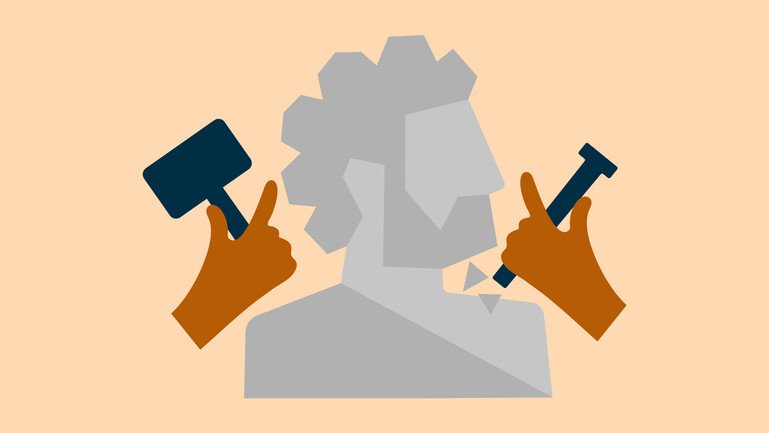
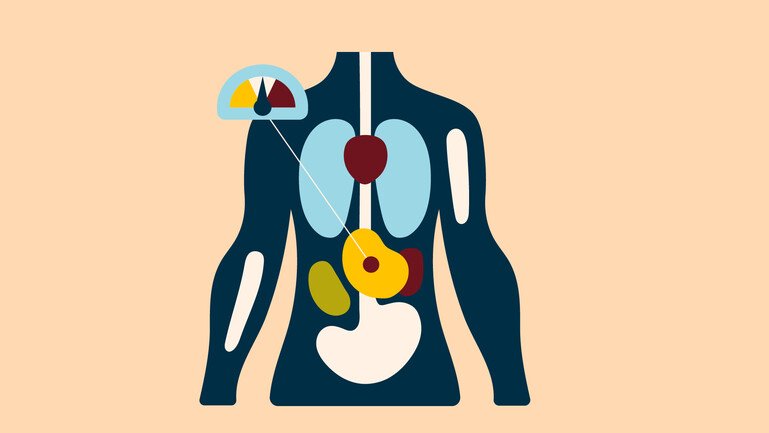



Tags